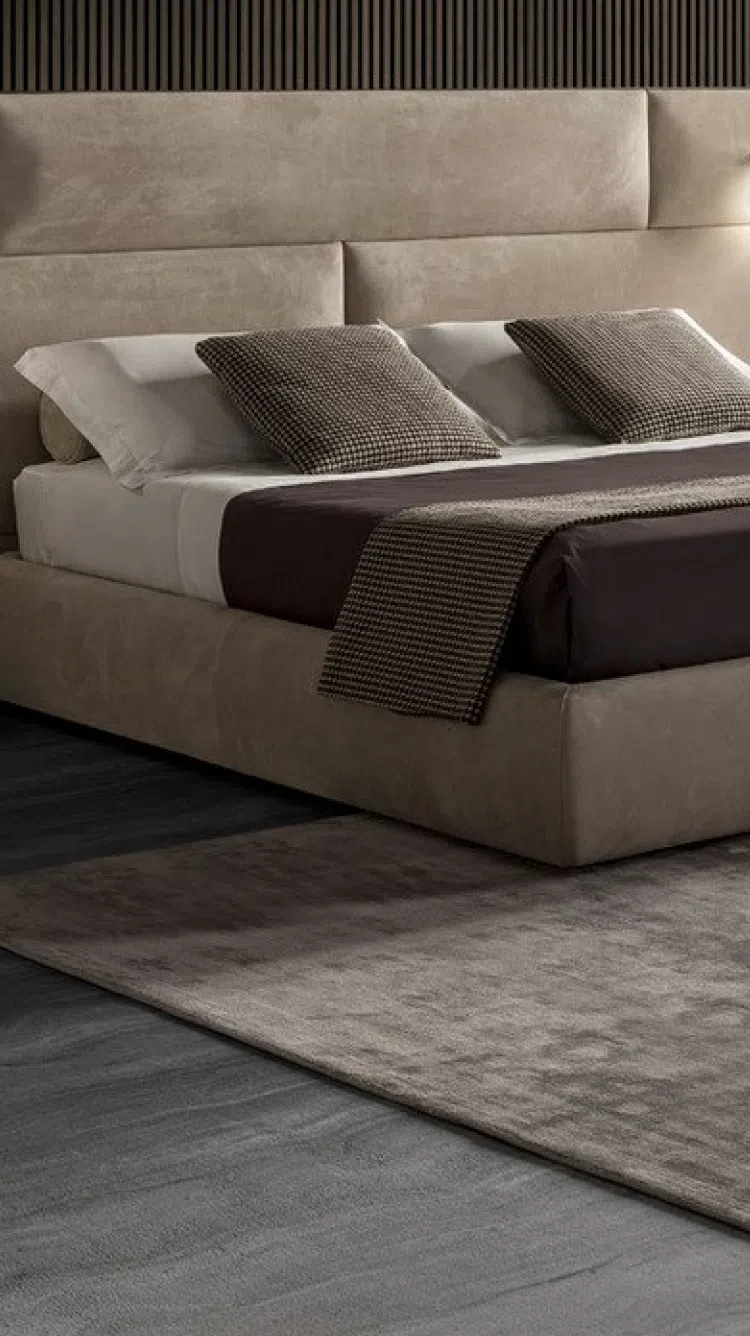Synthetic insulation is generally used to provide comfort, warmth, and a plush feel to furniture, as well as to help maintain the furniture's shape and structure over time.
There are several common types of synthetic insulation materials used in furniture:
Polyurethane Foam: Polyurethane foam is one of the most widely used synthetic insulating materials in furniture. It can vary in density and compression properties, allowing for a range of comfort levels from soft to firm. High-resilience (HR) foam offers greater durability and comfort compared to standard foams.
Memory Foam: Also known as viscoelastic foam, this material conforms to a person's body shape, providing excellent support and comfort. Memory foam is often used in seat cushions and mattresses.
Polyester Fiberfill: Also known as hollow-fill or polyfill, this fluffy, lightweight material is often used to create a down-like feel in cushions, pillows, and backs of furniture. It is hypoallergenic and resists mold and mildew, making it a popular choice for allergy sufferers.
Polyester Batting: This is a sheet of layered polyester fibers used as a wrap around cushions and foam to add softness and to smooth out the edges of the foam layers. It helps prevent the foam from being felt through the upholstery cover.
Thermobonded Polyester: This is a type of batting where polyester fibers are bonded together using heat. The result is a flat, stable, and firm pad that is used in furniture for support and insulation.
Flexible Polyurethane Foams in Various Configurations: These can include convoluted foam (egg-crate foam), which increases air circulation, and gel-infused foams that offer cooling properties.
When evaluating synthetic insulation materials for furniture, several factors should be considered:
Durability: Synthetic insulating materials need to withstand repeated use without excessive compression or loss of insulating properties.
Comfort: Materials should provide a comfortable feel that suits the furniture's intended use, whether for seating or resting.
Safety: Insulation for furniture should meet fire safety standards to resist ignition and slow down the spread of flames.
Environment and Health: Some synthetic materials can release volatile organic compounds (VOCs), so it's important to consider options with lower VOC emissions. Certifications like CertiPUR-US for polyurethane foam provide assurance of low emissions and absence of certain harmful substances.
Maintenance and Care: Materials should be easy to maintain and clean, and ideally, should be resistant to spills, stains, moisture, and odors.
Cost: Synthetic insulating materials range in price, so the cost-effectiveness for the intended use should also be considered.
Sustainability: Some synthetic materials can be manufactured from recycled materials and can be recyclable at the end of their use, contributing to a product's overall sustainability.
Synthetic insulation plays a critical role in the furniture industry, providing designers and manufacturers with versatile options to suit various comfort and design requirements while adhering to consumer expectations and regulatory standards.



